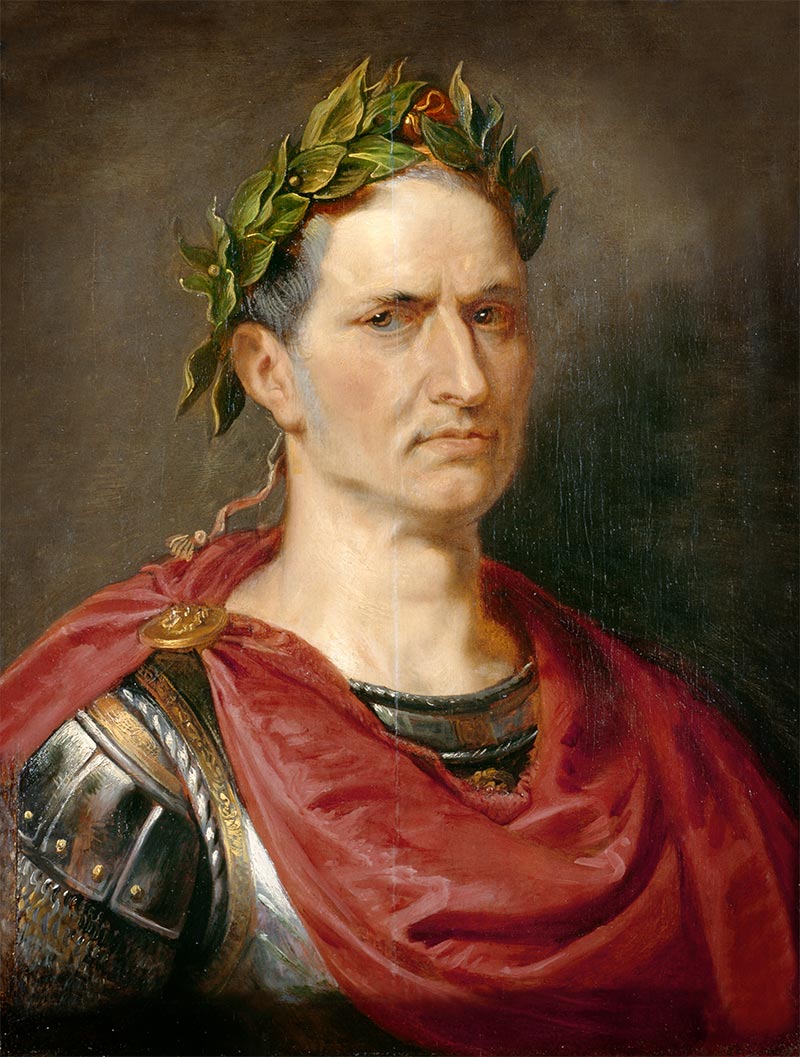Strategic Leadership Analysis
Ardashir archetypes reboot systems after disorder. You weave sacred narratives into statecraft, centralize power just enough to restore confidence, and champion reforms that make a new order feel inevitable.
Strengths
- Links spiritual narratives with statecraft to rally support
- Reorganizes institutions quickly after chaos
- Sets clear hierarchies that restore order
- Rewards loyalists while holding them accountable
- Communicates mandates with moral conviction
Pressure Points
- Centralization can stifle regional initiative
- Religious framing may alienate dissenters
- Rapid restructuring strains bandwidth
- Expectations of loyalty can suppress honest critique
- Needs successors ready to steward reforms
Relationship Operating System
Partners who advocate for dialogue and protect minority voices keep your reforms sustainable.
Deployment Zones
Turnaround leadership, cultural transformation, faith-based organizations, national strategy, institutional mergers
Leadership Lessons to Apply Today
Balance sacred mandates with forums for feedback so unity does not silence innovation.



